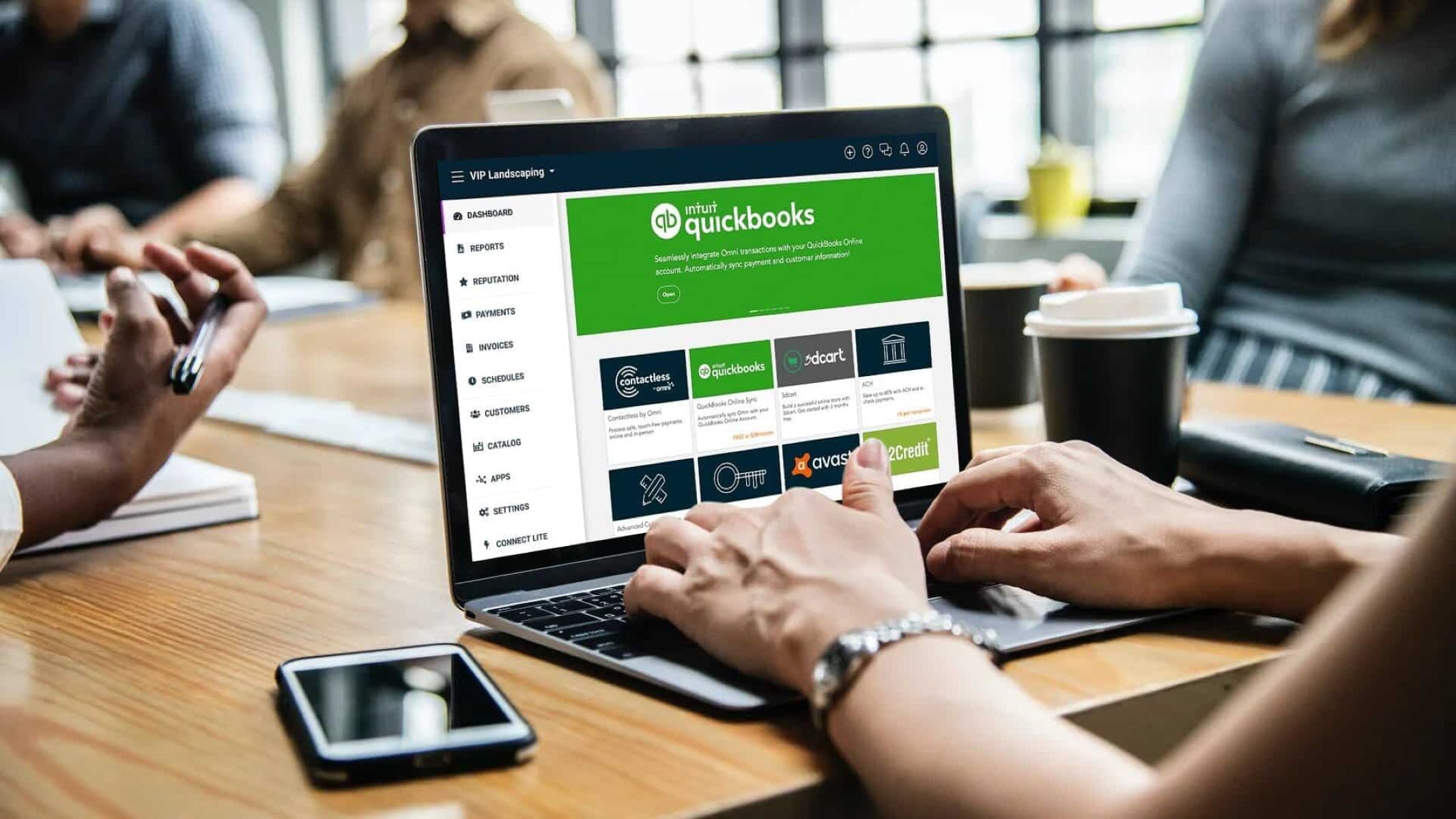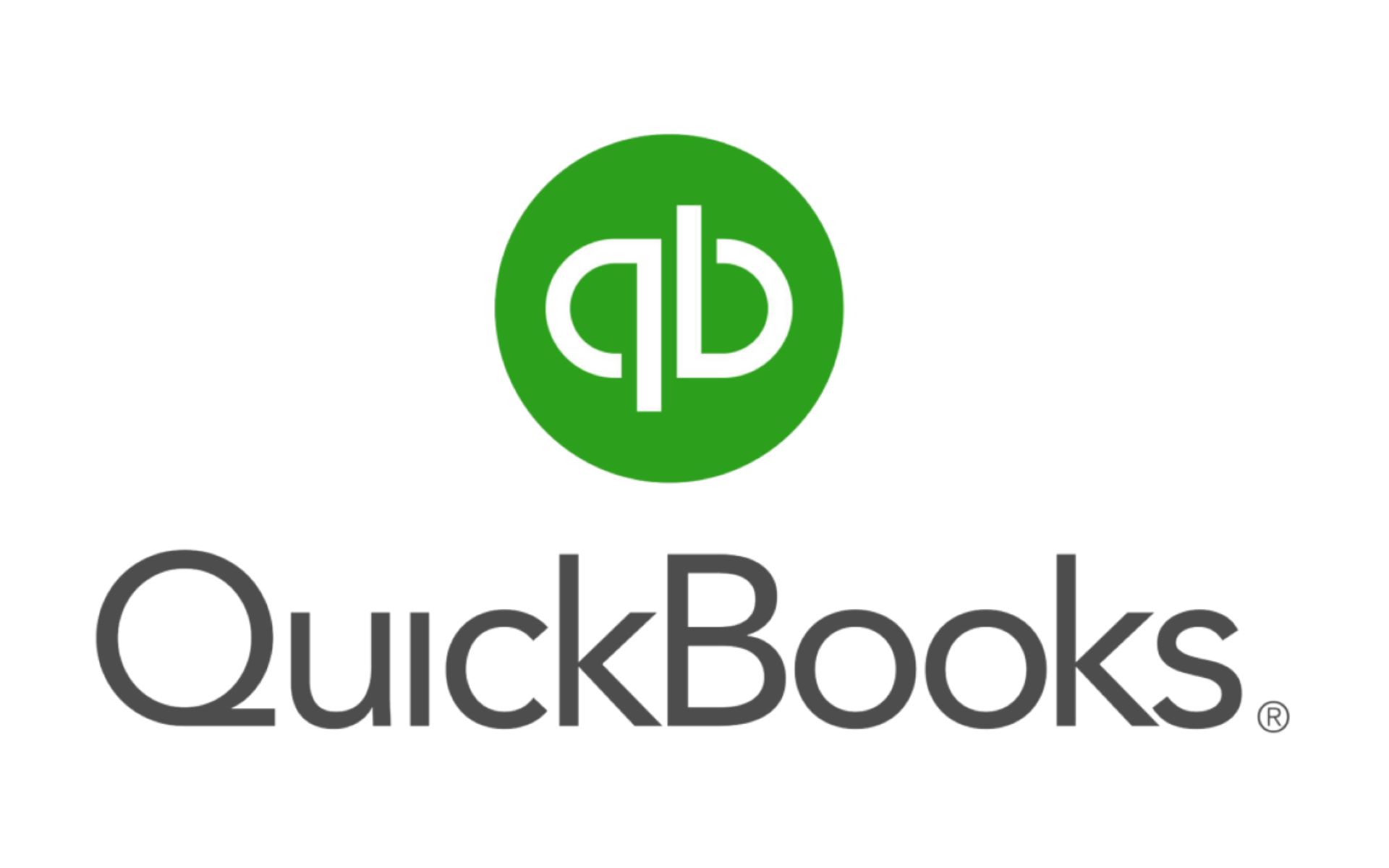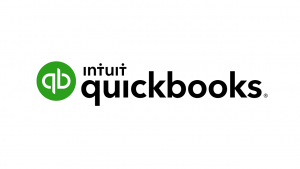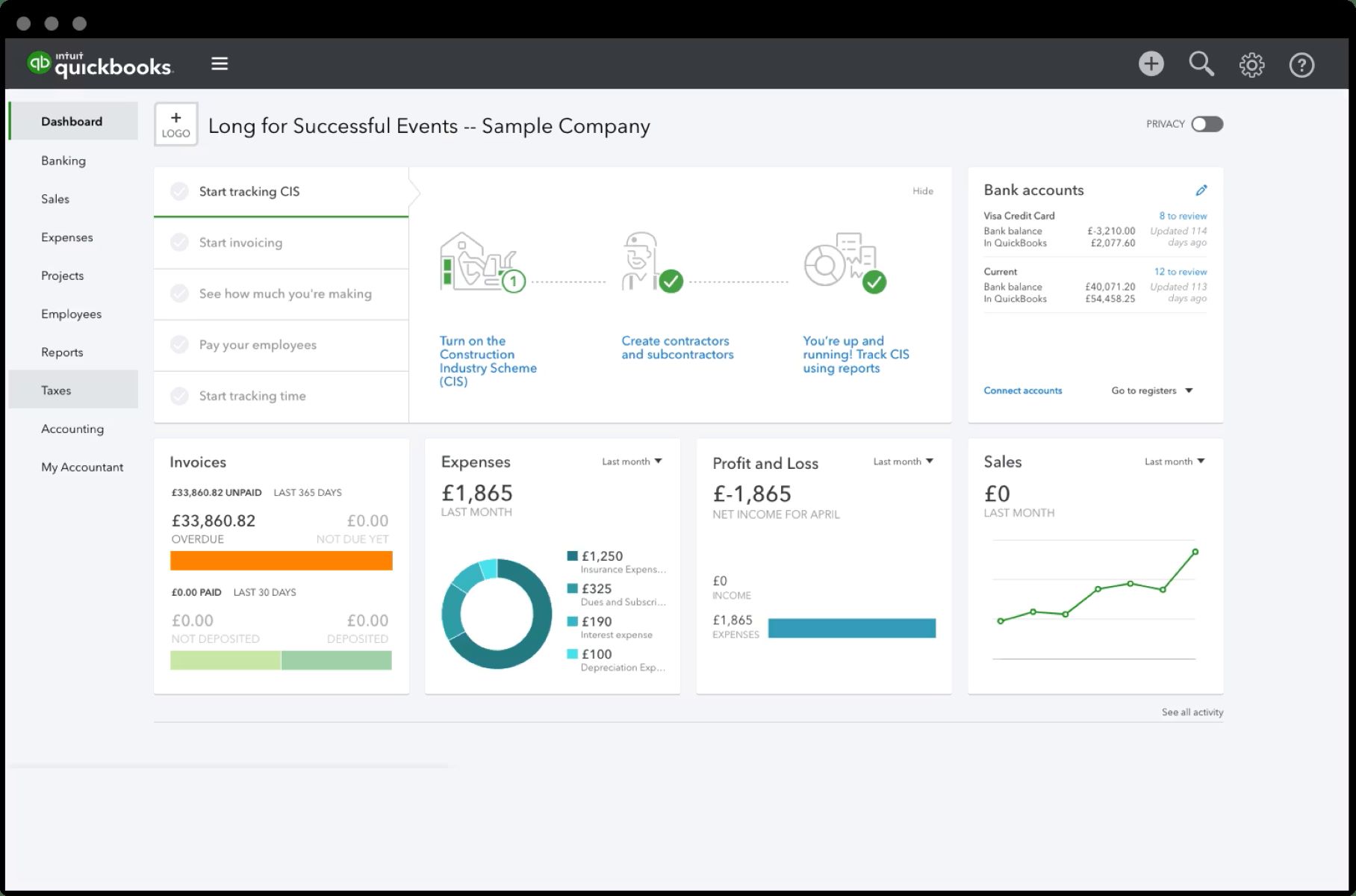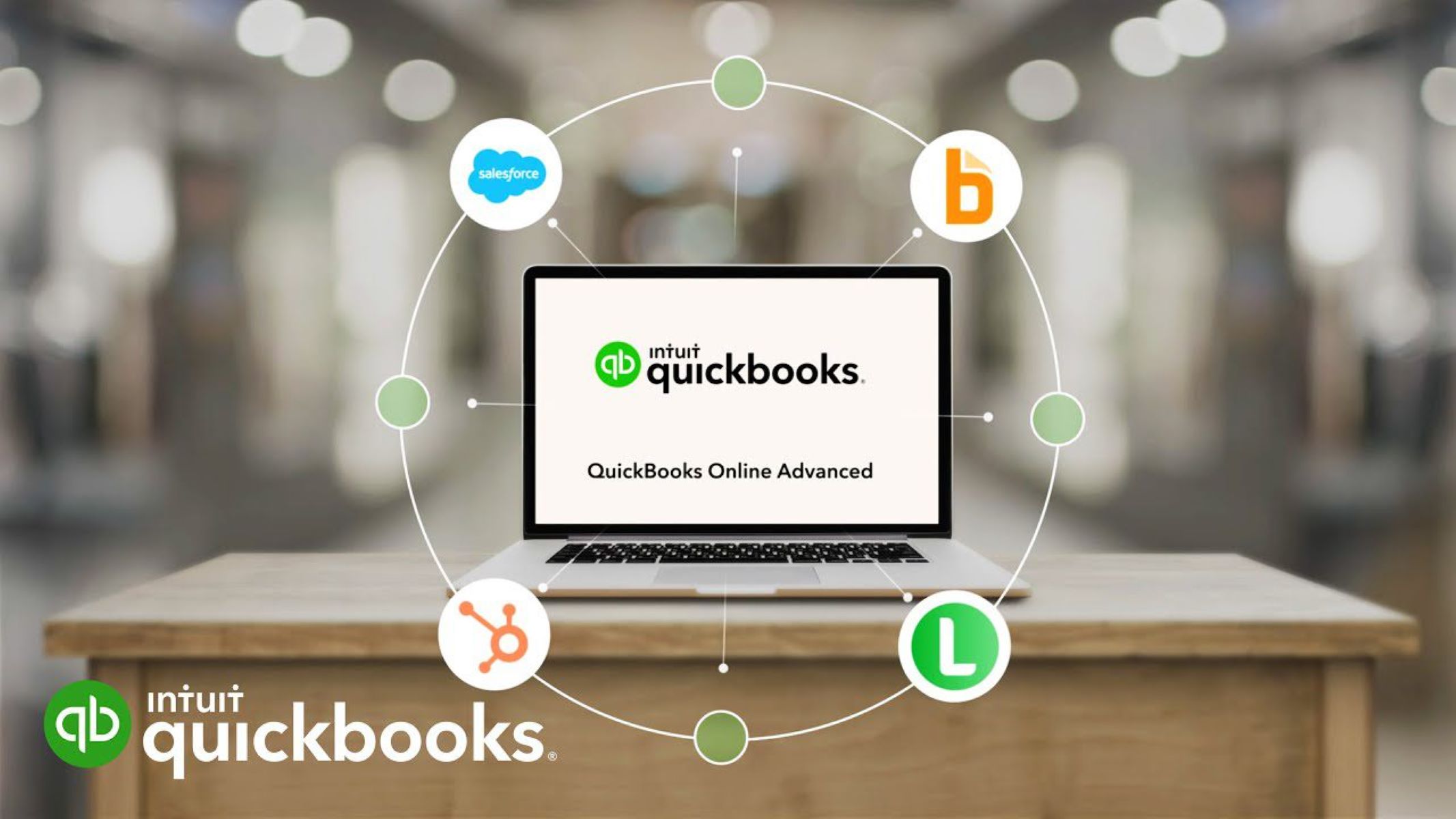Introduction
Welcome to this step-by-step guide on how to add a user on QuickBooks. Adding users on QuickBooks allows you to grant access and delegate tasks to different individuals within your organization. Whether you need to provide access to your accountant, bookkeeper, or other team members, QuickBooks makes it easy to add users and assign specific roles and permissions.
By adding users to your QuickBooks account, you can streamline your financial management processes and ensure that each team member has the appropriate access to perform their tasks efficiently. This helps to improve collaboration, enhance data accuracy, and maintain security by controlling who can access your company’s financial records.
In this guide, we will walk you through the step-by-step process of adding a user on QuickBooks. We will cover everything from accessing the user list to assigning roles, setting up login credentials, and enabling user access. Whether you are a new QuickBooks user or need a refresher, this guide will help you navigate through the process smoothly.
Please note that the steps and menu options may vary slightly depending on the version of QuickBooks you are using. However, the general process remains the same, so you should be able to follow along regardless of the specific version you have.
So let’s get started and learn how to add a user to your QuickBooks account!
Step 1: Accessing the User List
The first step in adding a user to your QuickBooks account is to access the User List. This is where you can view, manage, and add users to your company file. To access the User List, follow these simple steps:
- Open QuickBooks and sign in to your account with your administrator credentials.
- Once you are signed in, click on the “Company” menu located at the top menu bar.
- From the dropdown menu, select “Users” and then click on “Set Up Users and Roles”.
- A window will appear with a list of current users. To add a new user, click on the “Add User” button.
By following these steps, you will be able to access the User List and proceed to the next steps in adding a new user to your QuickBooks account. It’s important to note that you need to have administrator access to perform these actions. If you do not have administrator privileges, you may need to contact your QuickBooks administrator or someone with the appropriate access to add users to your account.
Step 2: Click on “New”
After accessing the User List in QuickBooks, the next step is to click on the “New” button to begin adding a new user. Here’s how:
- In the User List window, you will see a list of existing users. To add a new user, locate and click on the “New” button. It is typically located at the top or bottom of the window.
- By clicking on “New”, you will be directed to the Add New User window where you can enter the details of the new user, including their role, access level, and contact information.
It’s important to note that the “New” button may be labeled differently depending on the version of QuickBooks you are using. Some versions may use “Add User” or a similar phrase. Regardless of the label, the purpose of the button remains the same: to add a new user to your QuickBooks account.
By clicking on “New”, you are taking the necessary step to commence the process of adding a user to your QuickBooks account. In the following steps, you will be able to provide specific details about the user, assign a role, and set their access level.
Step 3: Select User Type
Once you have clicked on “New” in the User List window, the next step is to select the user type for the new user you are adding to QuickBooks. QuickBooks offers different user types that determine the level of access and permissions each user will have. Follow these steps to select the user type:
- In the Add New User window, you will see a dropdown menu labeled “User type”. Click on the dropdown menu to view the available user types.
- Select the appropriate user type based on the role and responsibilities of the user you are adding. QuickBooks provides several user types, such as Administrator, External Accountant, Standard User, Time Tracking Only, and more. Each user type has different privileges and restrictions.
- After selecting the user type, you can proceed to fill in the user’s information and assign the appropriate role and access level.
Choosing the right user type is crucial as it determines the user’s access to various features and functions within QuickBooks. Administrators have the highest level of access and control, while Standard Users have more limited access. Selecting the appropriate user type ensures that each user has the necessary access and permissions to fulfill their role in your organization.
Take the time to consider the user’s responsibilities and the level of access they require before selecting the user type. This will help you maintain data security and ensure that users have the necessary tools and access to perform their tasks efficiently.
Step 4: Provide User’s Email
After selecting the user type, the next step is to provide the user’s email address. QuickBooks requires an email address for each user added to the account. This email address serves as the unique identifier for the user and allows them to access their QuickBooks account. Follow these steps to provide the user’s email:
- In the Add New User window, locate the field labeled “Email”.
- Enter the email address of the user you are adding. Make sure to double-check for any typos or errors in the email address as this will be the primary method of communication for the user.
By providing the user’s email address, you are ensuring that they receive important notifications, updates, and access to their QuickBooks account. It also enables them to reset their password or recover their account in case they forget their login information.
If the user does not have an email address, you can create a generic or shared email account specifically for QuickBooks access. This allows multiple users to share the same email address while still having their unique QuickBooks login information.
Remember to inform the user that their email address will be used for QuickBooks-related communication and to check their inbox for any account-related updates or notifications.
Step 5: Enter User’s Information
After providing the user’s email address, the next step is to enter the user’s information into QuickBooks. This includes their name, contact details, and any additional information you want to associate with the user. Follow these steps to enter the user’s information:
- In the Add New User window, locate the fields labeled “First Name” and “Last Name”. Enter the user’s first and last name in the respective fields.
- If desired, you can also enter the user’s phone number and other contact details in the appropriate fields. This helps to ensure that you have accurate and up-to-date information for each user.
- In some versions of QuickBooks, you may have the option to enter additional information such as the user’s address or other custom fields. Fill in any relevant fields based on your needs.
Entering the user’s information accurately is important for identification and communication purposes. It helps to distinguish each user and allows for easy reference when managing multiple users within QuickBooks.
Take the time to double-check the entered information to ensure it is correct and up-to-date. This will help avoid any confusion or errors in communication or user identification.
Once you have entered the user’s information, you can proceed to the next step of assigning them a role and access level in QuickBooks.
Step 6: Assign User Role and Access Level
After entering the user’s information in QuickBooks, the next step is to assign them a role and access level. The role determines the user’s permissions and what they can do within the QuickBooks account, while the access level determines the areas of the account they can access. Follow these steps to assign the user’s role and access level:
- In the Add New User window, locate the field labeled “Role”. Click on the dropdown menu to view the available roles.
- Select the appropriate role based on the user’s responsibilities and the level of access they require. QuickBooks offers roles such as Administrator, Standard User, External Accountant, and more.
- Once you have selected the role, you can customize the access level by clicking on the “Edit access for this role” link. This allows you to specify which areas of QuickBooks the user can access and what actions they can perform.
- Review the access level settings and make any necessary adjustments to align with the user’s role and responsibilities.
Assigning the user’s role and access level ensures that they have the necessary permissions to perform their tasks while maintaining data security. Administrators have the highest level of access, allowing them to perform all functions within QuickBooks, while other roles may have more limited access depending on their responsibilities.
Take the time to carefully consider the role and access level assigned to each user to ensure that they have the appropriate privileges and restrictions. This helps to maintain data integrity and prevent unauthorized access to sensitive information.
Once you have assigned the user’s role and access level, you are ready to set up their username and password for QuickBooks access.
Step 7: Set User’s Username and Password
After assigning the user’s role and access level in QuickBooks, the next step is to set up their username and password. These credentials will be used by the user to log in to their QuickBooks account. Follow these steps to set up the user’s username and password:
- In the Add New User window, locate the field labeled “Username”. Enter a unique username for the user. This will serve as their login ID.
- Next, click on the “Set Password” button or link. This will prompt you to enter a password for the user.
- Choose a strong and secure password for the user. A strong password typically includes a combination of uppercase and lowercase letters, numbers, and special characters.
- Confirm the password by entering it again in the confirmation field.
Setting up a username and password is crucial for ensuring the security of the user’s QuickBooks account. It helps to prevent unauthorized access and protects the confidentiality of your company’s financial data.
Make sure to communicate the username and temporary password to the user securely. It is recommended to provide the initial password through a secure channel such as a phone call or encrypted messaging platform to prevent it from falling into the wrong hands.
Once the user logs in using the provided username and temporary password, they will typically be prompted to create a new, personalized password for their account.
By setting up the username and password, you are ensuring that only authorized individuals can access your QuickBooks account, maintaining the integrity and security of your financial information.
Step 8: Enable User Access
After setting up the username and password for the user in QuickBooks, the next step is to enable their access to the account. Enabling user access allows the user to log in and start using QuickBooks. Follow these steps to enable user access:
- In the Add New User window, review all the information you have entered for the user, including their role, access level, username, and password.
- Ensure that all the details are accurate and correct. If any changes need to be made, you can go back to the respective steps and update the necessary information.
- If everything is in order, click on the “Next” or “Finish” button to proceed. This will finalize the user setup process.
- The user will now be able to log in to QuickBooks using their username and password. They can access the areas and perform the tasks as defined by their assigned role and access level.
Enabling user access completes the process of adding a user to QuickBooks and allows the user to start using the software for their designated tasks. It’s important to ensure that all the information provided is accurate to maintain data integrity and security.
Once access is enabled, make sure to notify the user about their successful setup and provide any additional instructions or guidance they may need to navigate QuickBooks effectively.
By enabling user access, you are promoting collaboration and efficient workflow within your organization, as each user can now access QuickBooks and carry out their assigned responsibilities.
Step 9: Click “Finish” and Verify User Added
Once you have reviewed the user’s information and enabled their access in QuickBooks, the final step is to click on the “Finish” button and verify that the user has been successfully added. Here’s what you need to do:
- In the Add New User window, locate the “Finish” button. It is typically located at the bottom right corner of the window.
- Click on the “Finish” button to complete the process of adding the user to QuickBooks.
- After clicking “Finish”, you will be redirected back to the User List window, where you can verify that the user has been added successfully.
- In the User List window, locate the user’s name in the list. Ensure that their name, role, and access level are displayed correctly.
Verifying that the user has been added successfully ensures that all the steps were completed accurately, and the user now appears in the User List. This allows you to confirm that the user has the necessary access rights and can perform their designated tasks.
If the user’s information or access level needs to be modified, you can locate the user in the User List and make the necessary changes by clicking on the “Edit” or “Modify” button.
Once you have verified that the user has been added and their information is correct, you can proceed with any additional onboarding or training necessary to familiarize the user with QuickBooks and their responsibilities within the software.
By clicking “Finish” and verifying the user’s addition, you have successfully added a new user to QuickBooks, expanding your team and enhancing collaboration within your organization.
Conclusion
Adding a user to QuickBooks allows you to streamline your financial management processes and delegate tasks within your organization. By following the step-by-step process outlined in this guide, you can easily add users to your QuickBooks account, assign them appropriate roles and access levels, and enable their access to the software.
We started by accessing the User List, where you can manage and view your users. Then, we proceeded to click on “New” to add a new user. Next, we selected the user type based on the role and responsibilities of the user. After that, we provided the user’s email address, ensuring they receive important notifications and access to their account.
Entering the user’s information accurately and assigning them a role and access level ensures that they have the necessary access and permissions to perform their tasks efficiently while maintaining data security. We then set up the user’s username and password, enabling them to log in to their QuickBooks account.
Finally, after reviewing and confirming the user’s information, we clicked “Finish” to complete the process and verified that the user was successfully added to QuickBooks.
By successfully adding users to your QuickBooks account, you enhance collaboration, improve data accuracy, and maintain security by controlling who can access your company’s financial records.
Now that you have learned how to add a user on QuickBooks, you can easily expand your team and delegate financial tasks, making your financial management processes more efficient and effective.
Remember to always review and update user access and permissions as needed to ensure the security of your financial data and maintain proper control over access rights within your organization.







